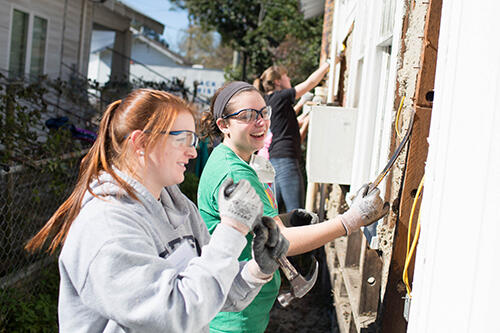
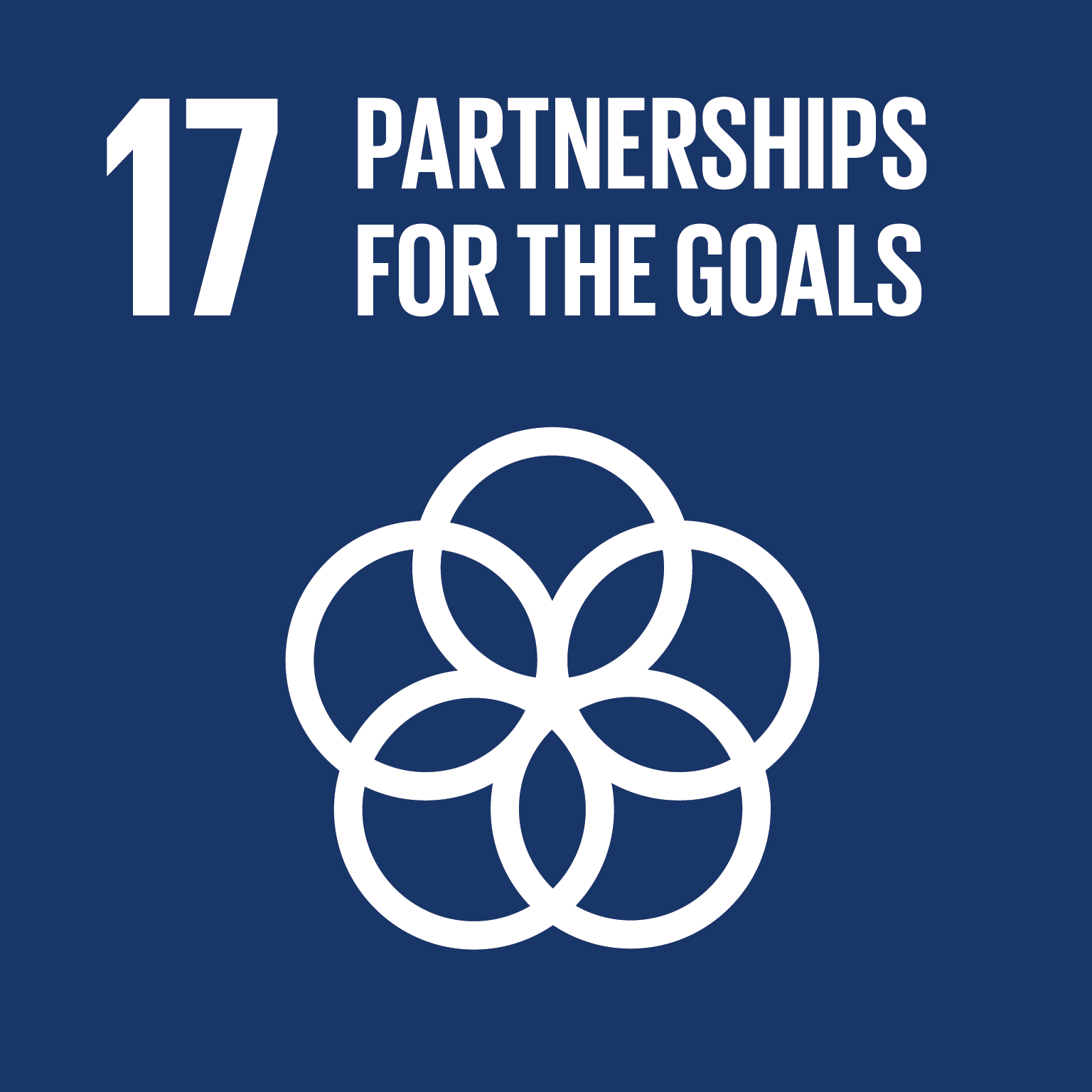
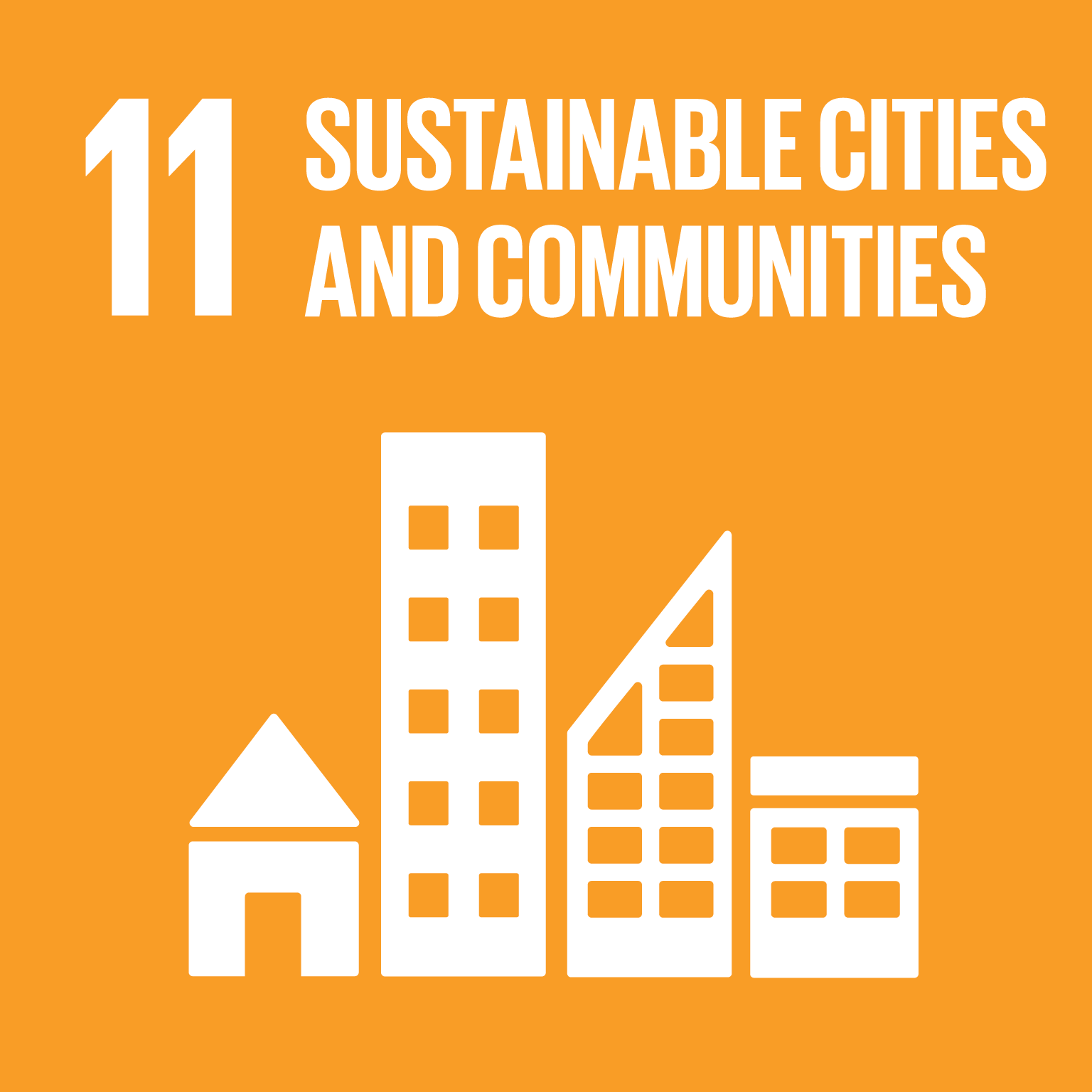 In recognition of our 10-year commitment to Hurricane Katrina recovery and helping to rebuild sustainable communities, the Geneseo Scene staff accompanied students, community members and faculty on the winter break journey.
In recognition of our 10-year commitment to Hurricane Katrina recovery and helping to rebuild sustainable communities, the Geneseo Scene staff accompanied students, community members and faculty on the winter break journey.
As a freshman, Amanda Flannery ’09 spent her first spring break with students rebuilding a home after Hurricane Katrina heavily damaged it and soaked everything inside, covering it with black mold.
She picked up a hammer. She painted; simple work with brick and mortar for senior citizen Joanne Arderios.
Joanne was one of the few people in her Biloxi, Miss., neighborhood that had a FEMA emergency trailer. Every day, Joanne cared for the neighborhood kids while parents worked or struggled with their destroyed houses. At night, some of the kids slept in one of her beds. Her daughter took another into her bed.
Joanne slept in her wheelchair, saving the final bed for anyone who needed one.
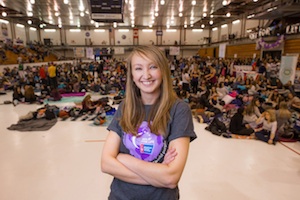 “I looked at that trailer, realizing how few things this woman had, and she was giving them all up for other people,” says Amanda. “That was the moment that I decided I would try to live that same way—to help others.”
“I looked at that trailer, realizing how few things this woman had, and she was giving them all up for other people,” says Amanda. “That was the moment that I decided I would try to live that same way—to help others.”
For 10 years, Geneseo students, faculty, staff and community residents have given up a week to help homeowners in the Biloxi area rebuild after Hurricane Katrina.
It is one of the longest-running commitments from a college that more than 900 volunteers have made for recovery efforts. For more than 36 trips, the Livingston County CARES crews have assisted with rebuilding 80-plus homes for families who could not otherwise afford it.
Those are the stats. But what is the real impact of our efforts on homeowners and the region? What does it mean for students, as they take their experience with them beyond graduation? We look at how such efforts truly make a difference.
•••
Biloxi: Efforts help pull the city from devastation and slow recession
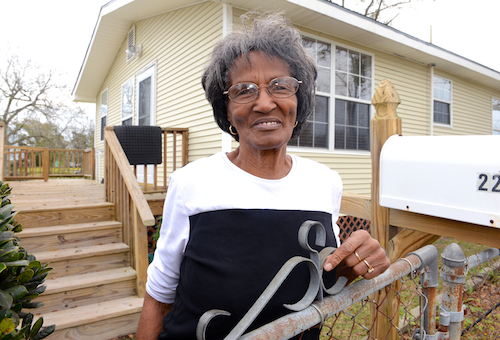 Water started filling Gladys Daniels’ home in early morning. She and her son, Ben, had just time to climb atop their dining room table. Together they pulled her mother up, too. (Read their story.)
Water started filling Gladys Daniels’ home in early morning. She and her son, Ben, had just time to climb atop their dining room table. Together they pulled her mother up, too. (Read their story.)
They waited there all night, watching flood waters wash away their life.
All over Biloxi, “it was like a bomb went off,” remembers Pamela Ulrich, Harrison County administrator. “Rich or poor, we were all devastated.”
Gas and water spilled through the streets. There were fires. Casino barges floated atop a tidal wave in 140-mile winds and landed on houses.
Ulrich, Harrison County District 5 supervisor Connie Rocko and other emergency personnel pulled 20-hour shifts, living at the courthouse. When relief started coming in, it was not easy to accept, says Rocko: “We didn’t have the resources or emotional manpower to coordinate it.”
“That’s what’s so great about the Livingston CARES group. They made their own way,” she says. “I told them, ‘I don’t know where you’re going to stay or going to eat.’ They did it all themselves.”
The first trip, volunteers slept in the old football stadium. Over the years, they have stayed in everything from converted railroad cars to gymnasiums and sewing factories turned bunk houses.
“As an institution, we seized the moment,” said Livingston CARES board of directors chairman Tom Matthews, who is the college’s associate dean of leadership and service. “We really wanted to have a relationship. It makes all the difference in the world because when we come down here, it feels like home. I haven’t talked to a student who hasn’t had a meaningful experience. In a lot of cases, it is life-changing.”
A decade in, direct Katrina relief is finished, says Rocko, but there are long-lasting issues: high insurance, an influx of people seeking work, unemployment, the tax base and ultimately higher taxes.
“Anything the volunteers can assist with helps the entire community,” says Rocko, who presented the group with a resolution of thanks in January. “It helps our spirits, too. One thing this storm did was to let us bear witness to how humans can care for one another.”
•••
Volunteer veterans: Alumni are changed forever
George Sullivan ’07 was among the students whose desire to help ultimately led to the Livingston CARES formation. Four months after the hurricane, he was floored by the devastation.But that’s not what he carries with him: “The resilience of folks that we had the opportunity to help is,” he says. “It was really humbling to see people maintain their dignity and demonstrate so much strength in adversity.” (Read the story of one of the first homeowners that volunteers assisted.)
He and Amanda Flannery (who was so touched by a homeowner who gave up her own bed for others) saw the best in fellow Americans in a part of the country they had never visited and knew little about. “I think we students took away from it just how similar we all are, regardless of our backgrounds or where we live,” says Sullivan.
Students keep journals. Matthews is always blown away by the emotions and perspectives students encounter, and not surprised that they often continue to give back.
Several have gone into the Peace Corps and other nonprofit outreach organizations. Sullivan, who was a student Geneseo firefighter, is a U.S. foreign service officer. Opportunities like Biloxi relief create a culture, of sorts, that brings out the best in people, he believes. You see the community, and you want to save it.
That’s exactly what Flannery found on her four trips: “Hope and community became important for me.”
Flannery joined American Cancer Society efforts through Relay for Life, and returned to Biloxi three more times. Community service is now in her life and career path. She’s now the Relay for Life regional events coordinator at ACS in Rochester. It’s her dream job.
“I feel like if I hadn’t gone on that first trip, I might not have found my calling,” she says.
With 10 years of nonprofit expertise and wisdom of helping people in tough times, Flannery views the construction she did for Joanne with a new perspective. On the surface, it’s home repair. For somebody who was giving up everything she had to help other people, I think it was huge for Joanne to know that other people were willing to help her,” says Flannery. “I believe very strongly that hope is one of the most powerful things you can give someone, and I think that’s what we did.”
•••
Students: A new lens to see themselves and the world
Those lifelong insights and lessons expressed by alumni are repeated by even the most recent volunteers.
Students share reflections around a closing bonfire: they express strong emotions and a new-found or reinforced belief in community, their abilities, and what can be accomplished.
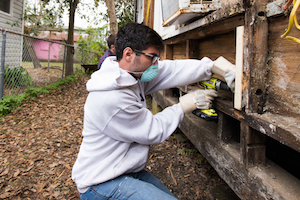 “I always wanted to do a volunteer trip and I’d never been to the South,” says James Arcidiacono ’16. “I didn’t realize how much we’d be helping people.”
“I always wanted to do a volunteer trip and I’d never been to the South,” says James Arcidiacono ’16. “I didn’t realize how much we’d be helping people.”
You can envision how efforts over time, from Geneseo and other volunteers, house by house, add up. He can envision the change. He also talked about a change in himself from the work he did. Arcidiacono says it’s hard for him to step out of his comfort zone—he’s never done construction.
“It was a little scary initially,” he says, “but once you’re ripping the siding off because that’s what has to be done, that is your new comfort zone.”
Now working through the Back Bay Mission, volunteers have the expanded opportunity to work in food-pantry, soup-kitchen and homeless-day-center shifts.
“You go outside of your bubble doing them—outside of what you know is ‘home,’” says Arcidiacono. “You realize there’s so much more.”
Arcidiacono and Taylor Powers ’16 each served meals at Fish and Loaves downtown. Providing food at the pantry, Powers recognized repeat customers, and they recognized her. She served lunch alongside meal recipients. Many thanked her, although she felt she didn’t do much.
Back home, she thought about this and realized that by getting to know the people she tried to help as individuals, she saw community in an entirely new way. The divide between her and those in need was erased.
“There are so many people and society often makes us feel like if we want to have an effect, we have to do something big,” she says. “But you can start small—just to one person, and the next, and then you better the community. It radiates out. More people are interested in helping, then.
“We go back to our day-to-day routines, but we have an advantage. We now have a whole new lens with which to view the world.”
— By Kris Dreessen
— Photos by Keith Walters '11 and Kris Dreessen